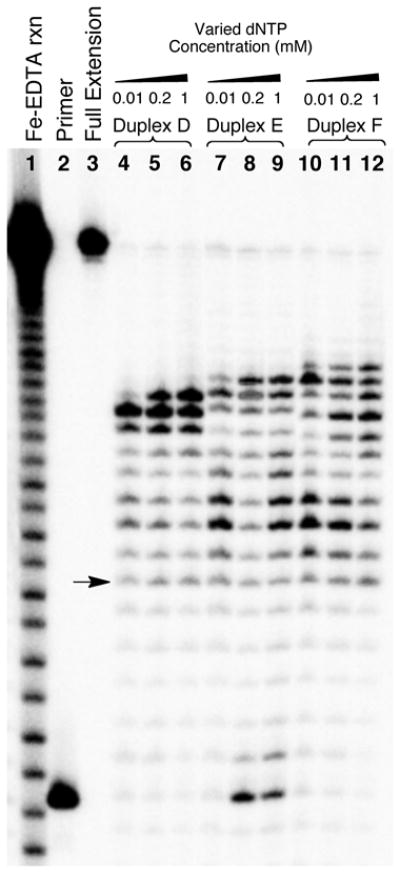Figure 4. Higher dNTP concentrations favor extension of primers to the −1 position immediately preceding the reduced dG-Ap cross-link 5.
The 32P-labeled primers were extended by incubation of the DNA substrates with ϕ29 DNA polymerase (10 units) and the four dNTPs (0.01–1 mM in each) in Tris-HCl (50 mM, pH 7.5), MgCl2 (10 mM), (NH4)2SO4 (10 mM), DTT (4 mM), and bovine serum albumin (0.1 mg/mL) for 30 min at 24 °C. After reaction work-up, the primer extension products were subjected to electrophoretic analysis on a 20% denaturing polyacrylamide gel. Lane 1 is an iron-EDTA cleavage reaction on a synthetic standard of the full-length extension product (5′-32P-GAT CAC AGT GAG TAC AAT AGA ATA GAT GAA CTA AGA CAT ATA), lane 2 is the 15 nt, 5′-32P-labeled primer, lane 3 is the 5′-32P-labeled full-length extension product, and lanes 4–12 depict the results of primer extension on templates D–F in the presence of the indicated dNTP concentrations. The arrow corresponds to extension of the primer to the last base in the single-stranded region of the template.

